Homes tell stories, and in Black American history, certain homes stand as powerful symbols of resilience, creativity, and cultural heritage. These iconic homes not only reflect the lives of the individuals who lived there but also serve as landmarks of progress, community, and activism. Whether you’re inspired to visit them in person or incorporate elements of their design and history into your own home, these spaces offer profound lessons about identity, artistry, and perseverance. Here are six iconic homes in Black American history that you should visit or recreate for a deeper connection to this rich cultural legacy.
1. The Martin Luther King Jr. Birth Home in Atlanta, Georgia
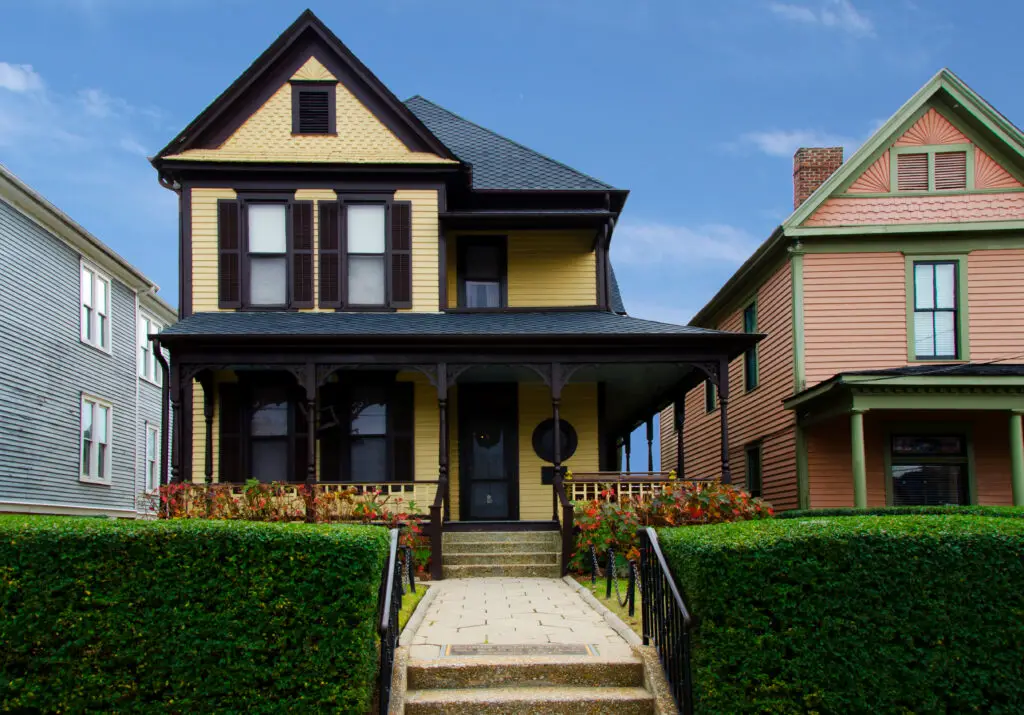
The childhood home of Dr. Martin Luther King Jr. in Atlanta, Georgia, is a symbol of hope, leadership, and the fight for civil rights. Located in the Sweet Auburn Historic District, this two-story Queen Anne-style home was where Dr. King spent his formative years. According to the National Park Service, the home’s architecture and decor reflect the middle-class aspirations of Black families in the early 20th century.
Visitors to the site can tour the restored rooms, which include period-appropriate furnishings and personal belongings of the King family. To draw inspiration from this home, incorporate vintage elements such as wooden furniture, floral wallpaper, and warm lighting to recreate the comforting, community-centered feel of the era. The Martin Luther King Jr. Birth Home stands as a reminder of how a supportive environment can nurture greatness and inspire change.
2. The Harriet Tubman Home in Auburn, New York
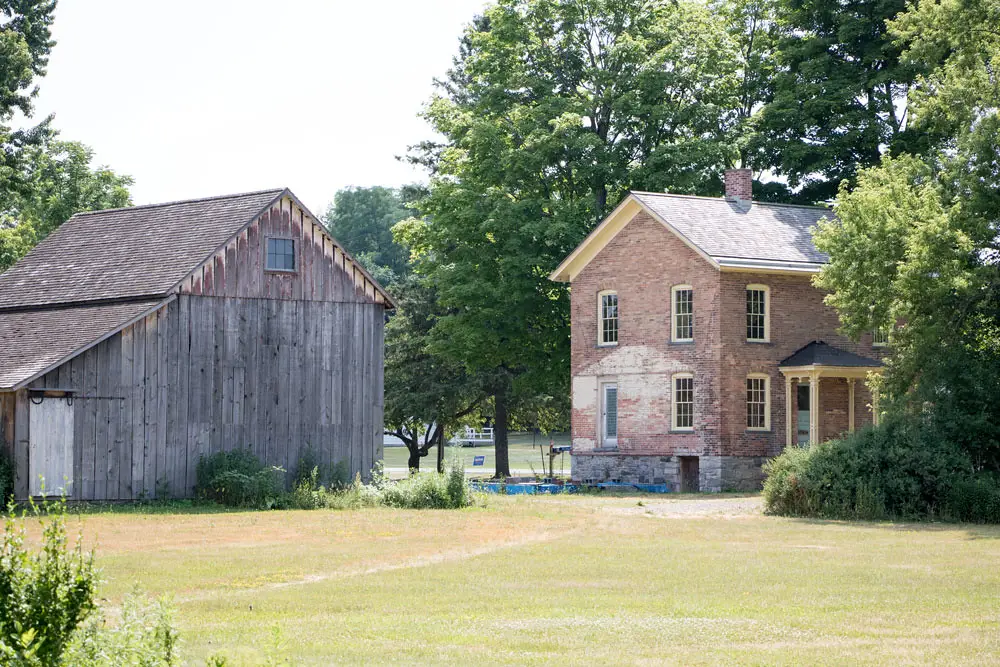
The Harriet Tubman Home in Auburn, New York, stands as a testament to the legacy of one of America’s greatest abolitionists. After escaping slavery and leading countless others to freedom on the Underground Railroad, Harriet Tubman settled in Auburn, where she purchased this home in 1859. According to the Harriet Tubman National Historical Park, the property served as a sanctuary for Tubman and others in need, embodying her lifelong commitment to freedom and community.
Today, the home is preserved as a museum, showcasing artifacts and exhibits that celebrate her life and work. Visitors can explore the modest yet functional design of the house, which reflects Tubman’s practicality and unwavering determination. To recreate elements of Tubman’s home, consider incorporating simple, utilitarian furniture and earthy tones that evoke a sense of purpose and resilience. The Harriet Tubman Home reminds us of the power of a safe haven and the enduring fight for justice.
3. Madam C.J. Walker’s Villa Lewaro in Irvington, New York
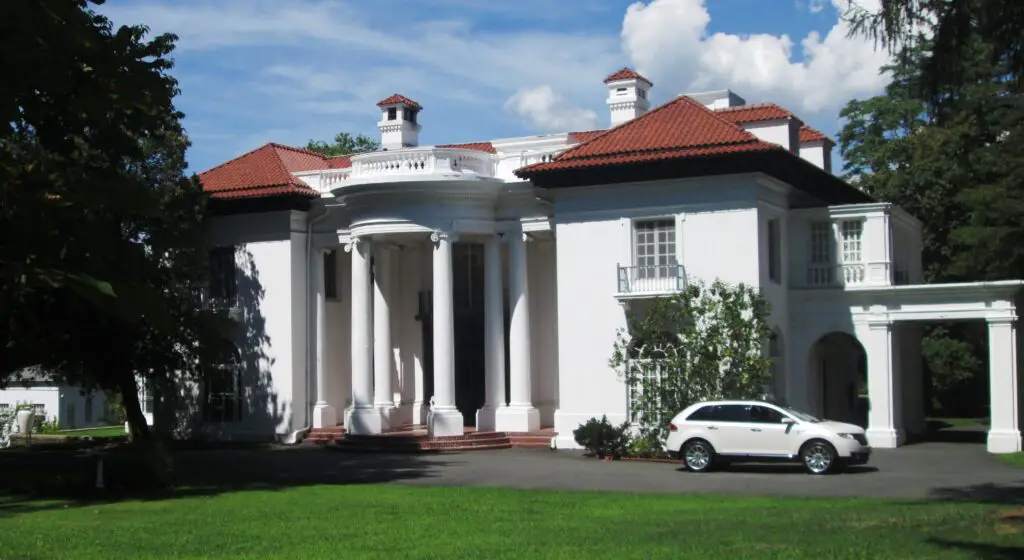
Villa Lewaro, the lavish estate of Madam C.J. Walker, is a stunning example of Black excellence and entrepreneurship. Built in 1918, the Italianate-style mansion was designed by Vertner Tandy, the first licensed Black architect in New York. According to The New York Times, the home was both a personal retreat for Walker and a gathering place for influential figures in the Black community.
Villa Lewaro’s grandeur, with its sweeping staircases, intricate moldings, and luxurious interiors, symbolizes Walker’s success as the first self-made female millionaire in America. To channel the opulence of Villa Lewaro in your own home, consider adding elegant touches like gilded accents, statement chandeliers, or velvet furnishings. Walker’s estate reminds us of the importance of celebrating achievements and creating spaces that inspire ambition and creativity.
4. The Zora Neale Hurston House in Fort Pierce, Florida
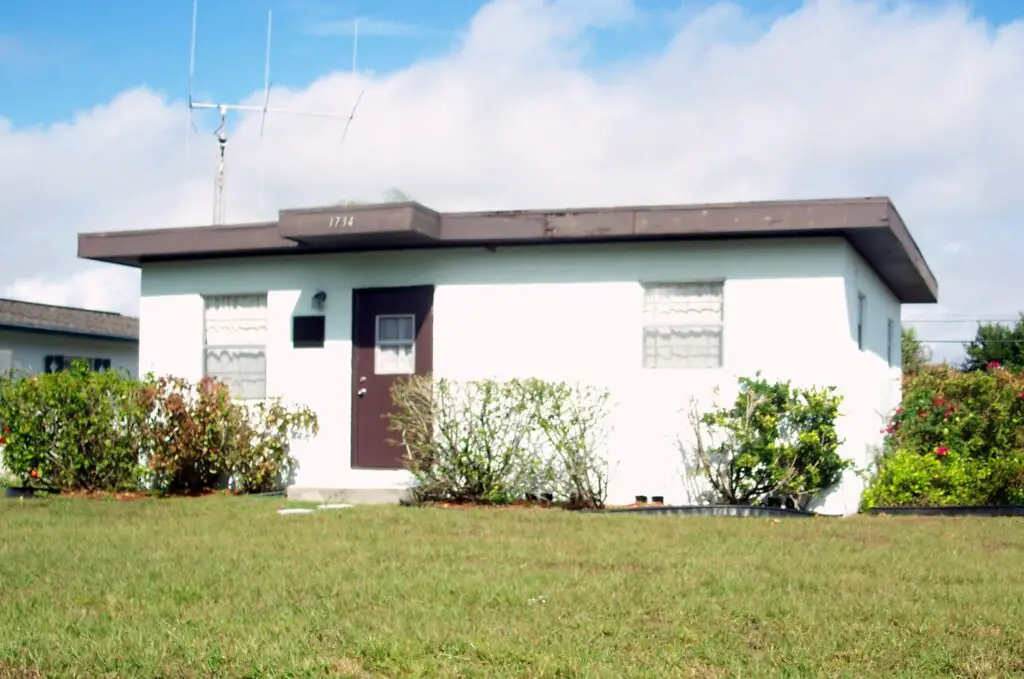
The modest home of writer and anthropologist Zora Neale Hurston in Fort Pierce, Florida, reflects her life as a trailblazer in literature and culture. Hurston, best known for her novel Their Eyes Were Watching God, lived in this small, white-painted cottage during her later years. According to the Zora Neale Hurston Museum, the home is a place of quiet inspiration, surrounded by the natural beauty of Florida’s landscapes.
Visitors to the site can gain insight into Hurston’s creative process and the simplicity that shaped her worldview. To recreate the essence of her home, incorporate natural materials like wood and rattan, and decorate with books, journals, and writing tools to honor her literary legacy. The Zora Neale Hurston House is a powerful reminder of the connection between environment and creativity, and how even the humblest spaces can inspire greatness.
5. The Nina Simone Childhood Home in Tryon, North Carolina
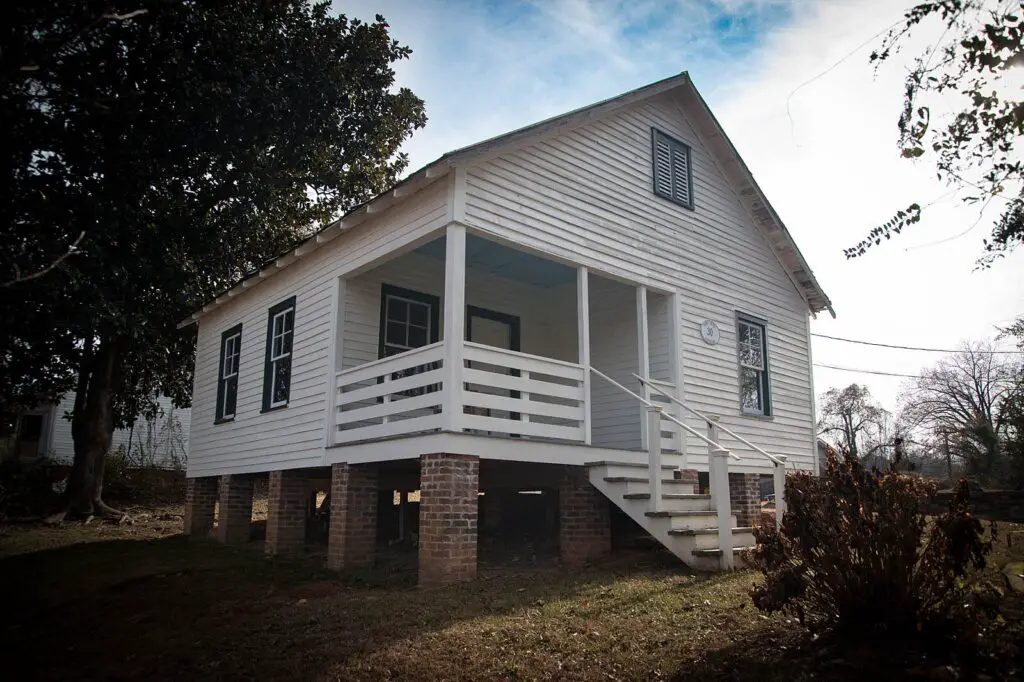
The childhood home of Nina Simone in Tryon, North Carolina, is a small but significant landmark honoring the legendary singer, pianist, and activist. Born Eunice Kathleen Waymon, Simone grew up in this three-room clapboard house, where she began her journey as a musical prodigy. According to National Trust for Historic Preservation, efforts are underway to preserve the home and celebrate Simone’s contributions to music and civil rights.
The house’s simplicity reflects the early struggles and determination that shaped her life and career. To bring elements of Nina Simone’s home into your own space, focus on creating a music-inspired environment with a piano, record player, or framed album covers. Add vintage decor and family photos to evoke the personal and intimate atmosphere of her childhood. Simone’s home is a reminder of how humble beginnings can lead to extraordinary achievements.
6. The Langston Hughes House in Harlem, New York
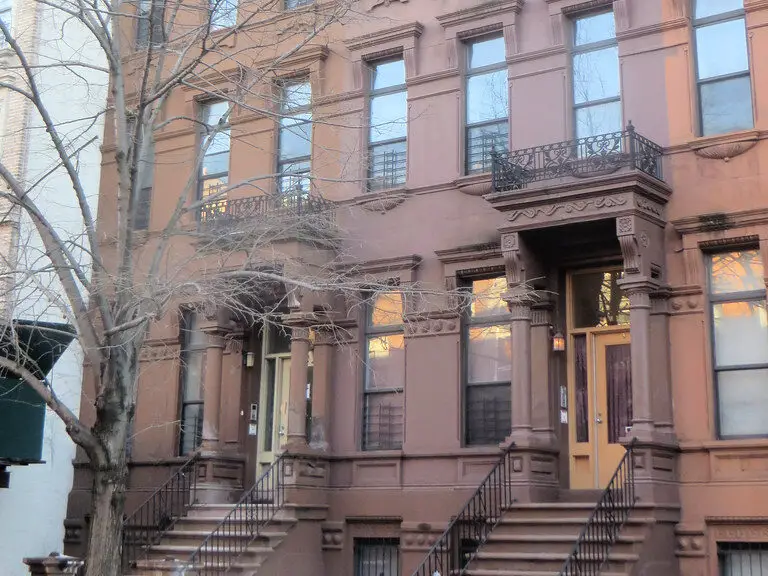
Located in Harlem, New York, the Langston Hughes House was the residence of the celebrated poet, novelist, and playwright during the later years of his life. This brownstone home, situated in the heart of Harlem’s vibrant cultural scene, became a hub for creative exchange and activism. According to The National Trust for Historic Preservation, the house features classic architectural details such as high ceilings, ornate moldings, and large windows. To honor Hughes’ legacy, the space now serves as a venue for cultural events and literary gatherings. To recreate the atmosphere of the Langston Hughes House, incorporate warm, rich tones, vintage furniture, and shelves filled with books and artwork. Add subtle nods to the Harlem Renaissance with decor inspired by jazz, poetry, and art from the era. Hughes’ home is a timeless symbol of creativity, community, and the enduring impact of Black art and literature.
